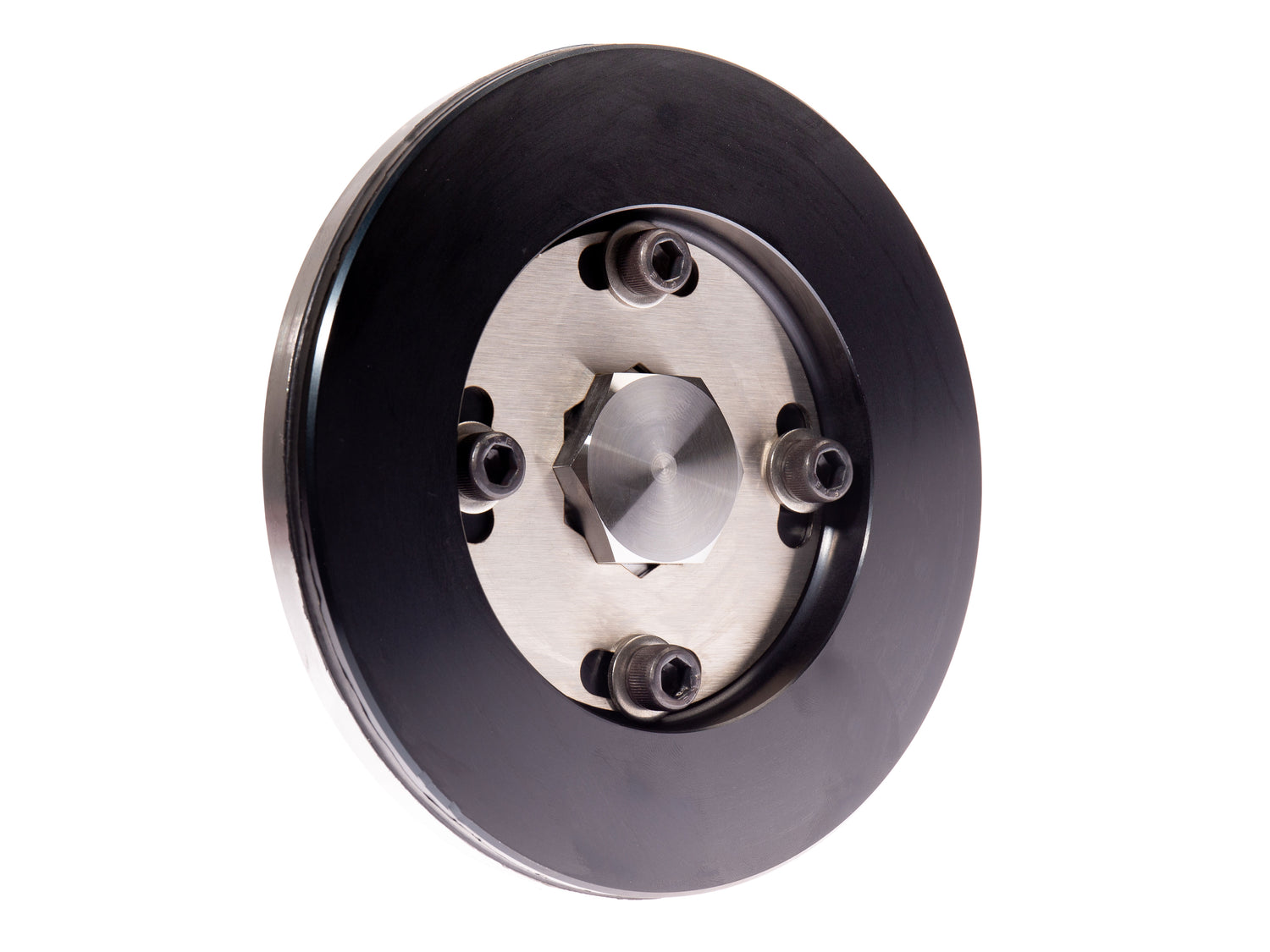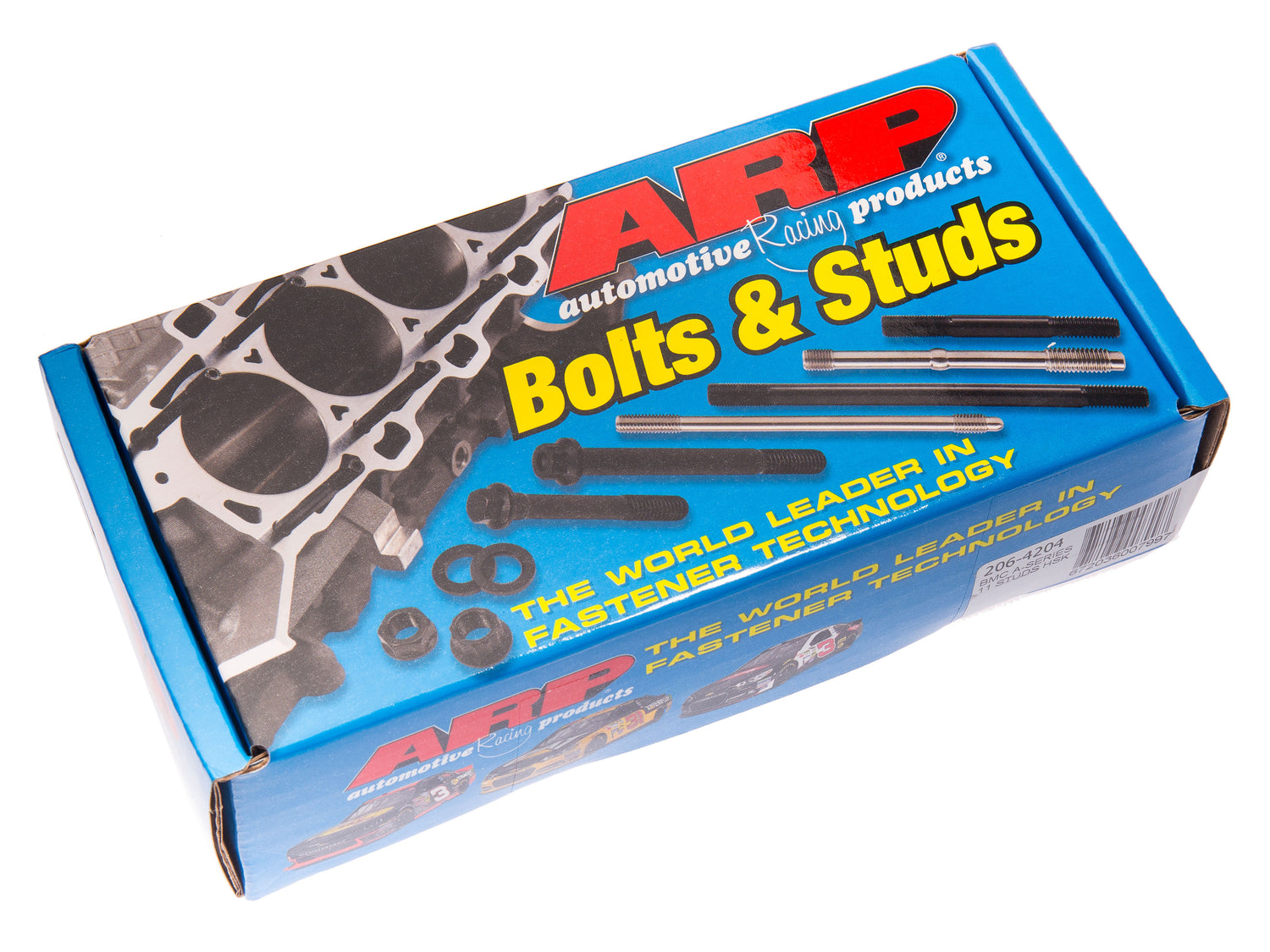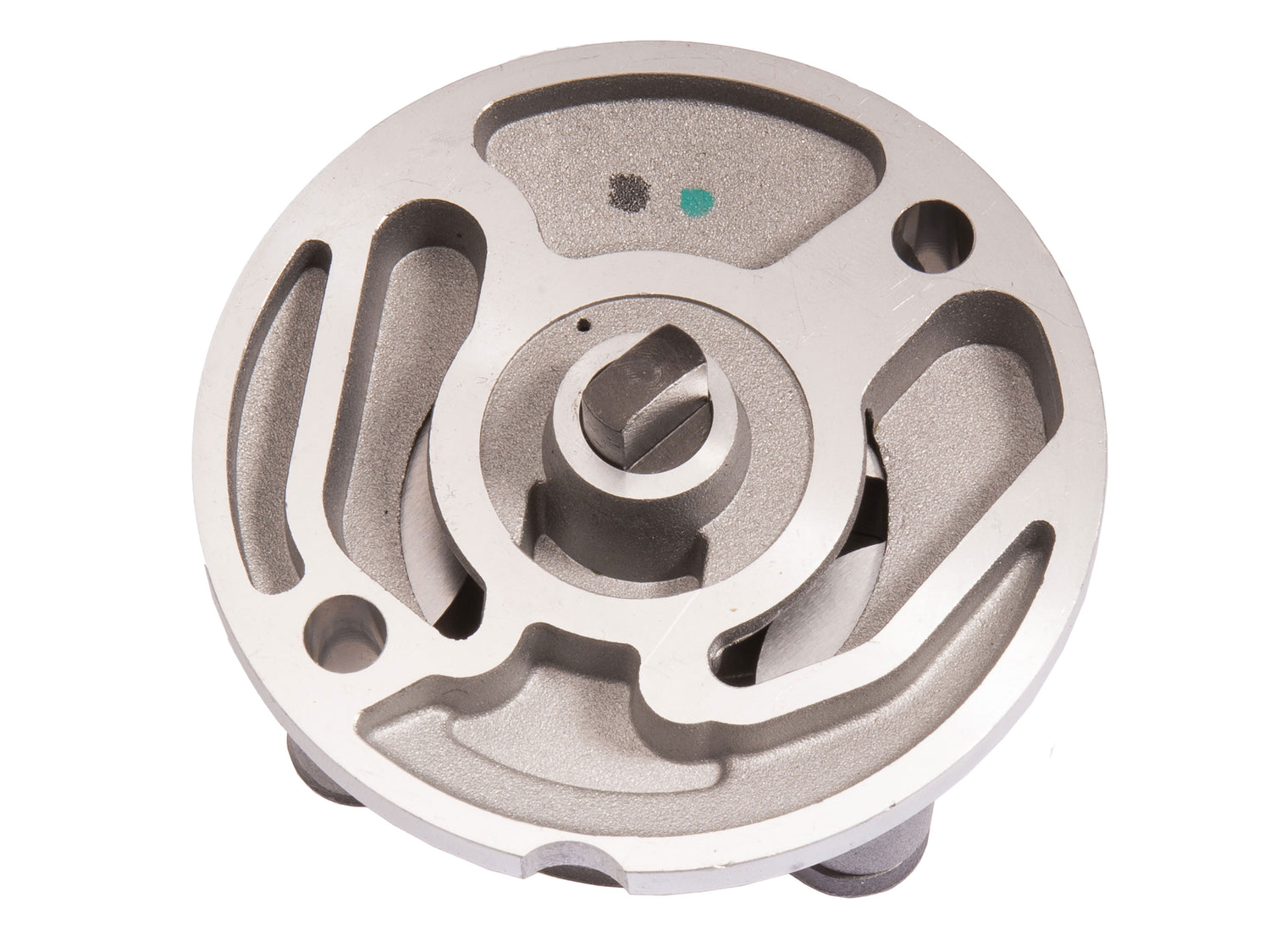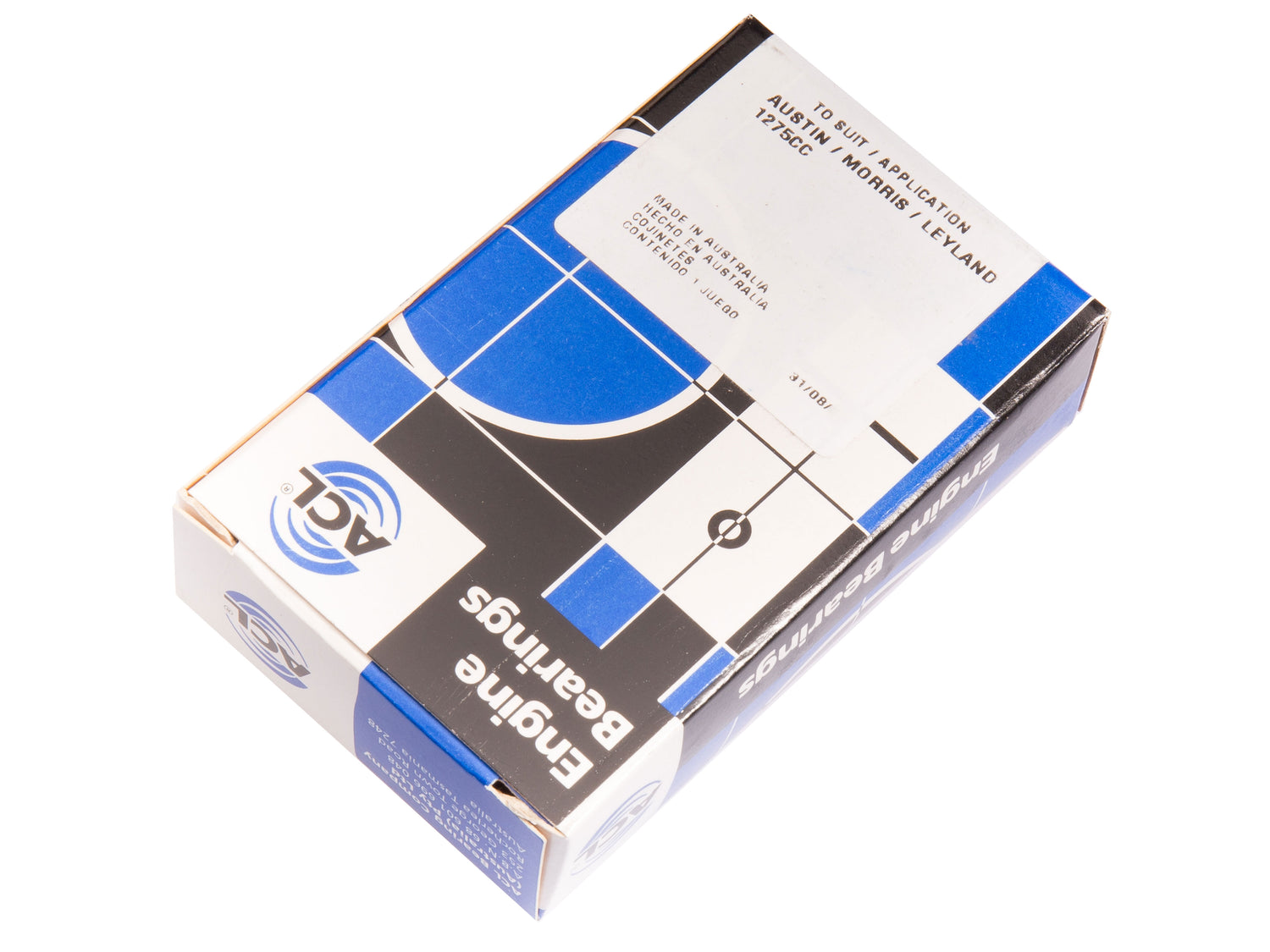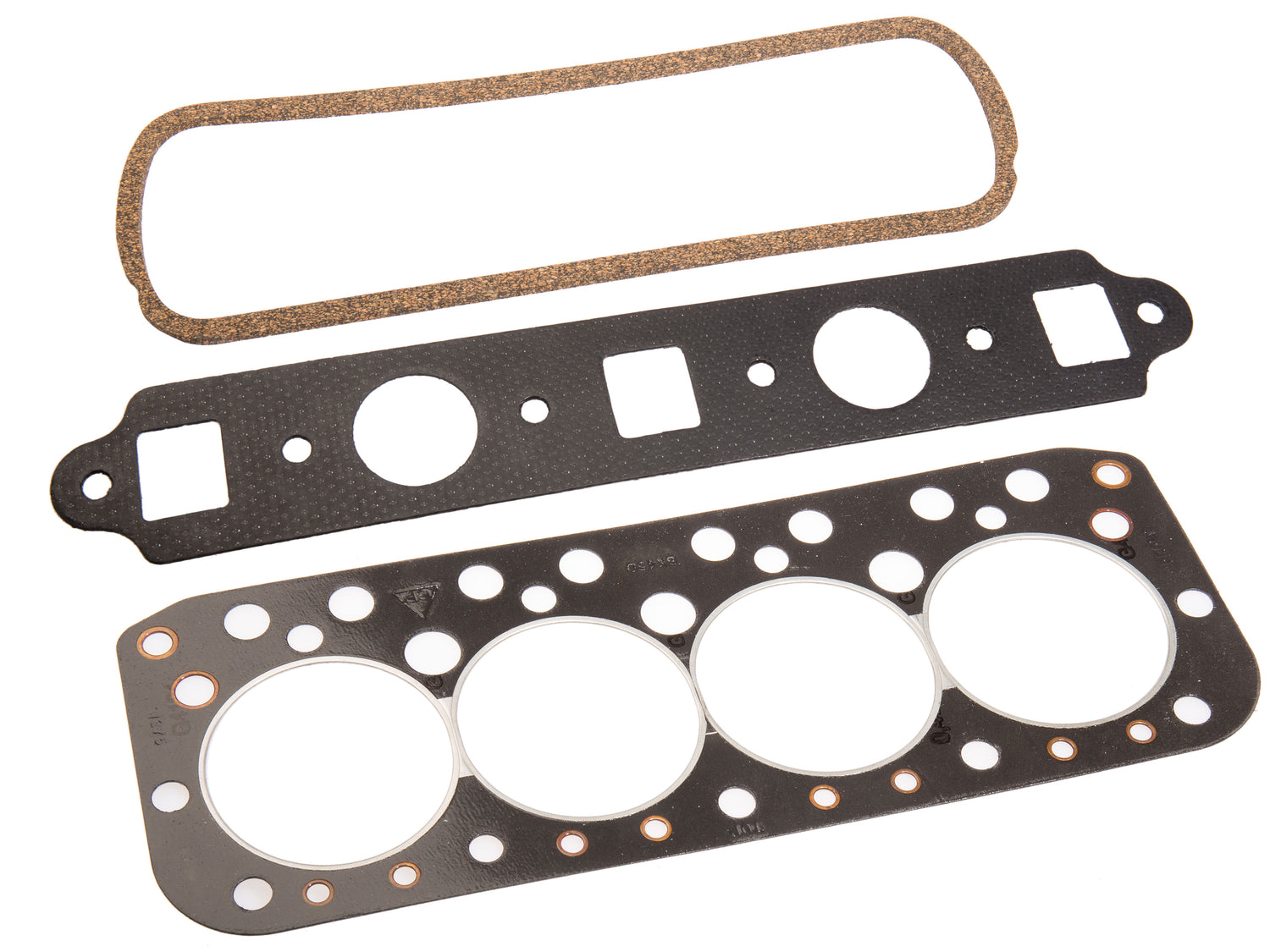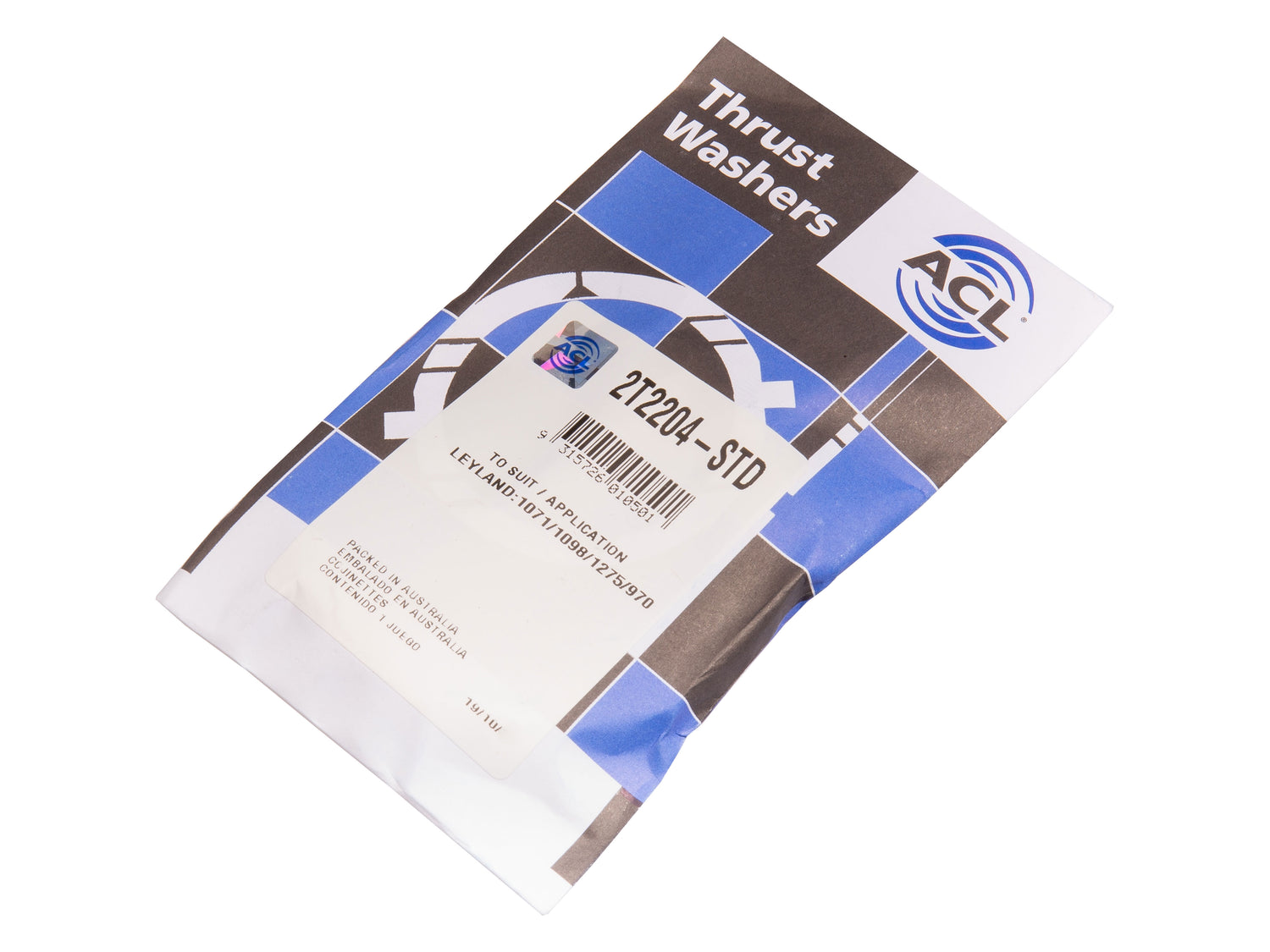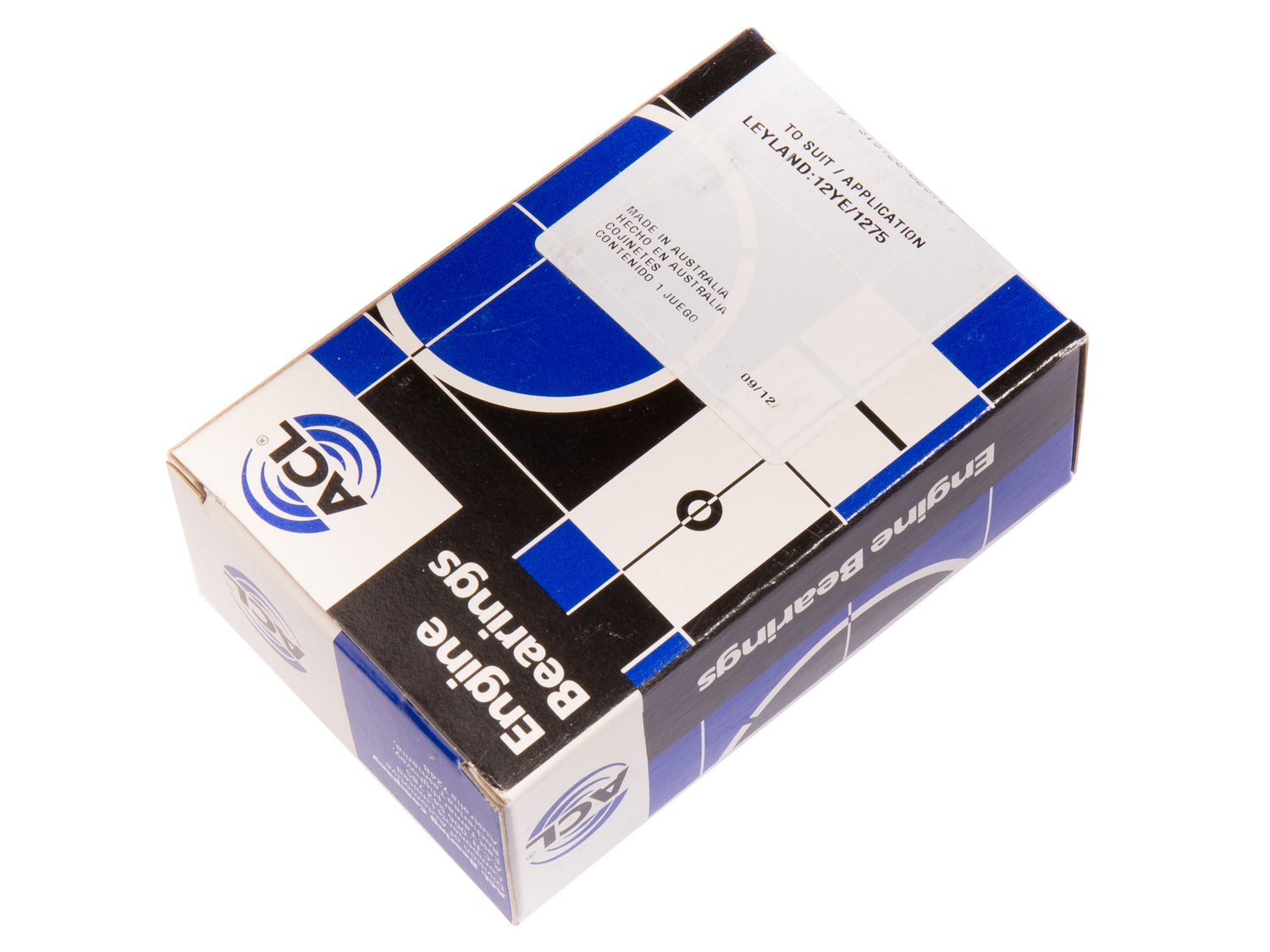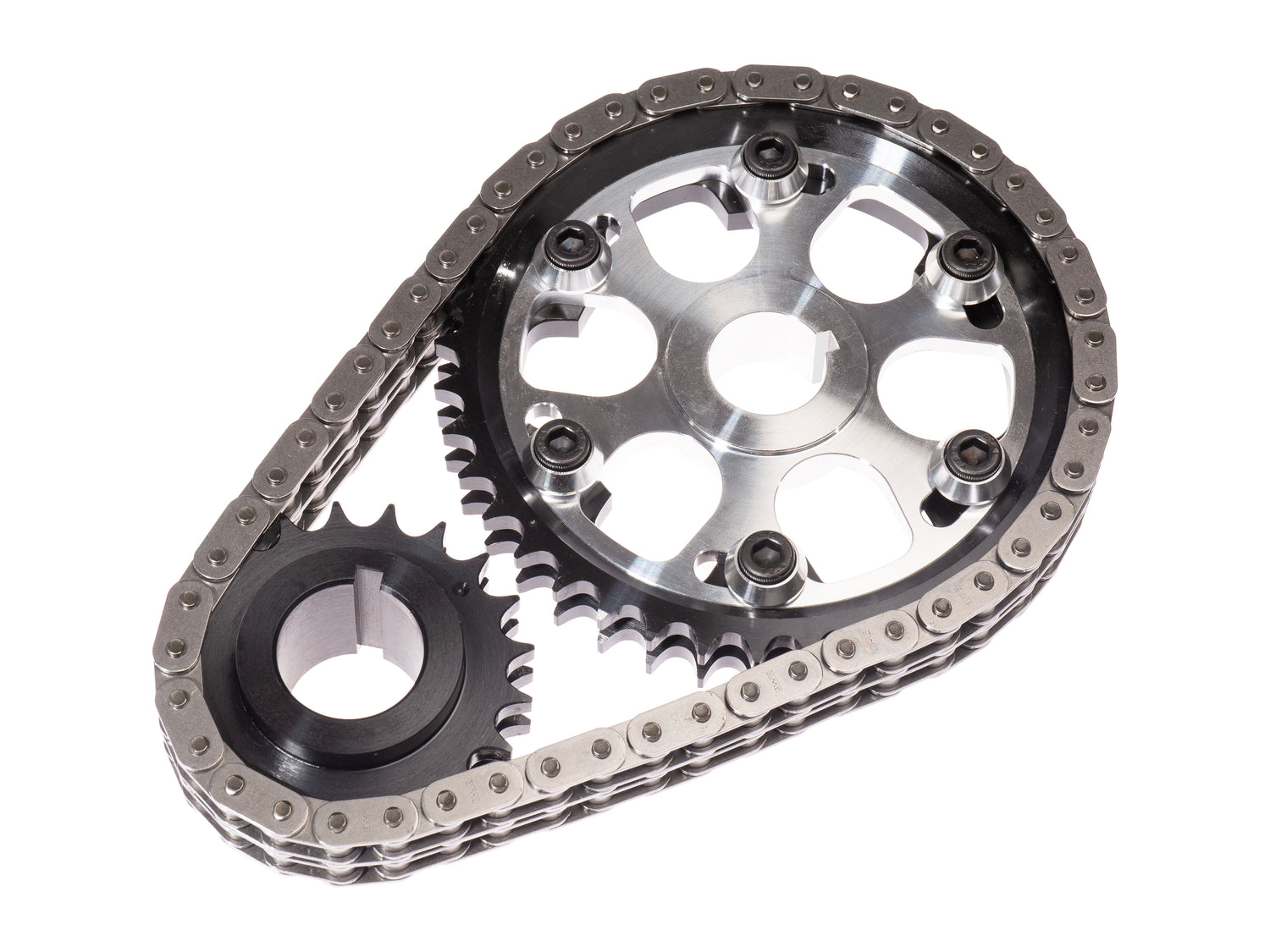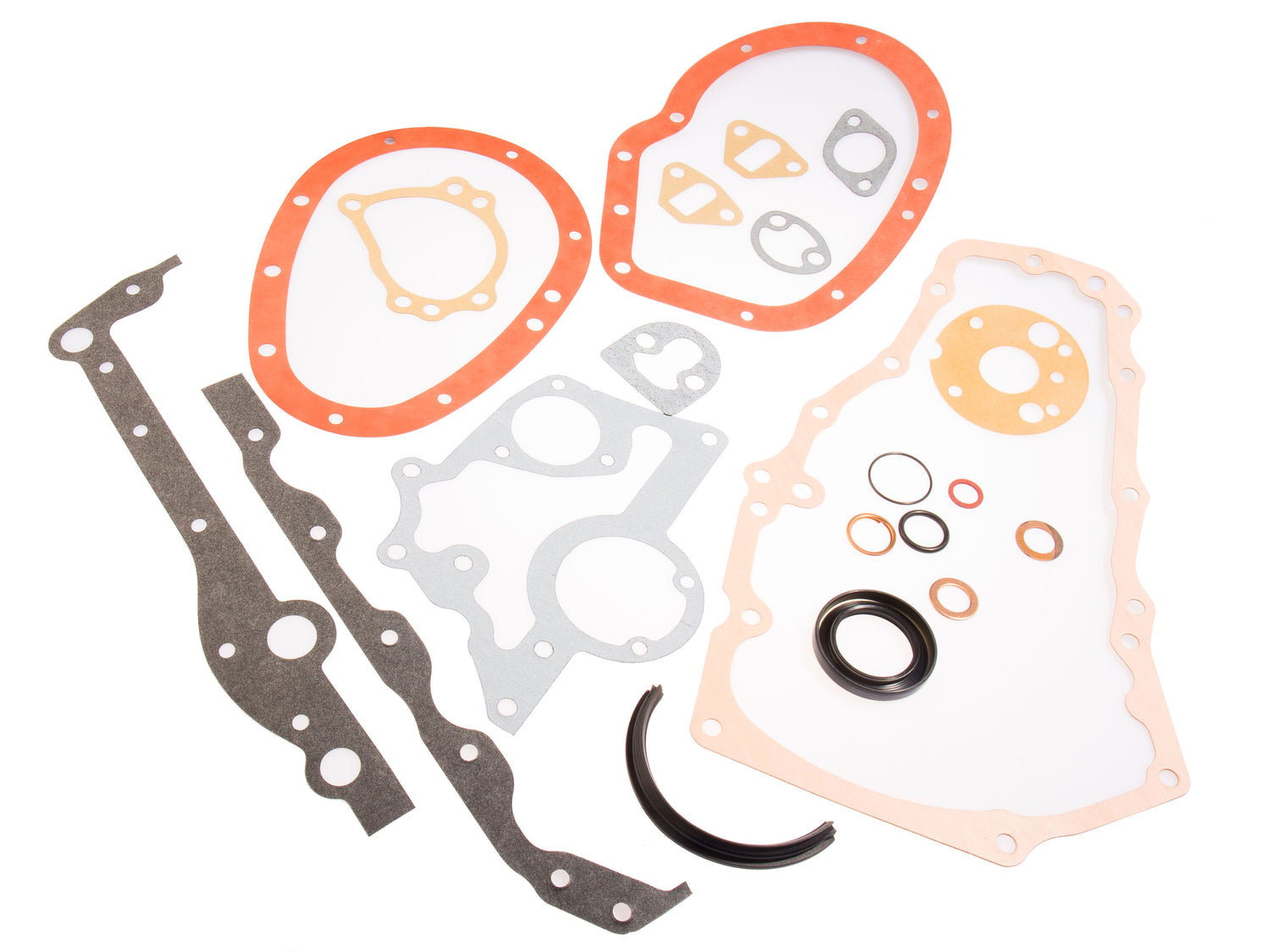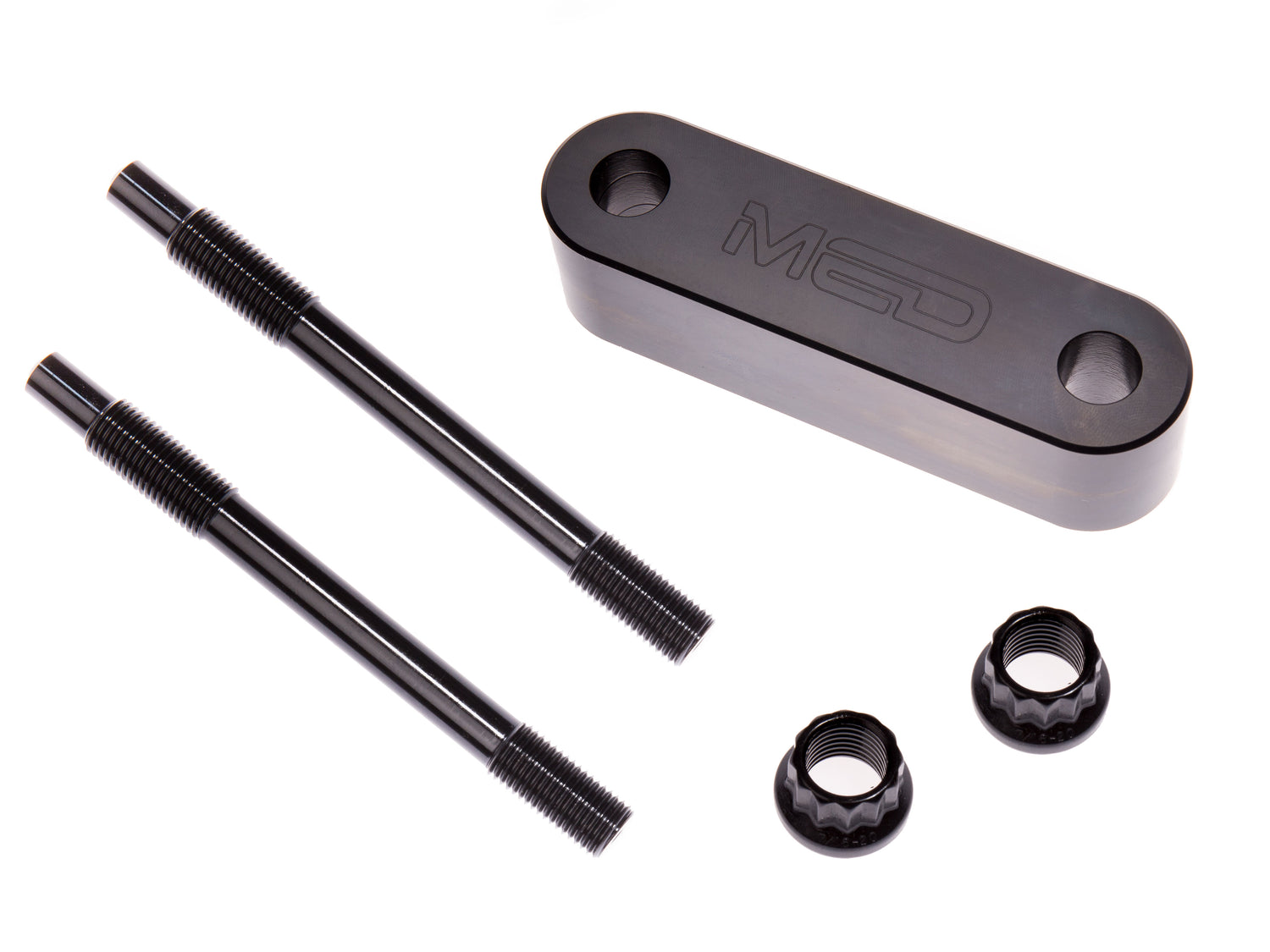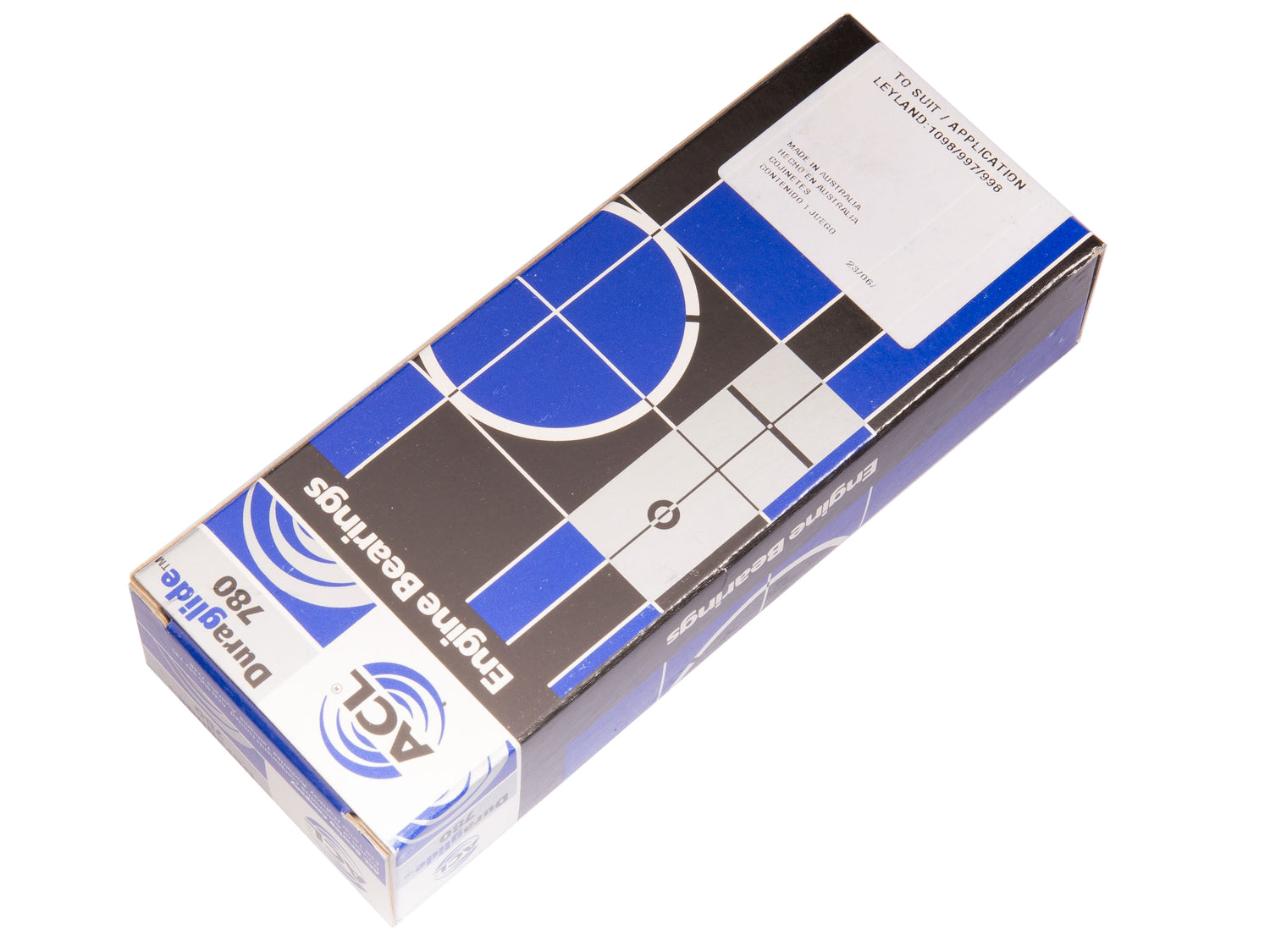Performance Upgrades for the Classic Mini Clutch and Flywheel

In our previous blog post, we explained how the classic Mini clutch and flywheel works, and why it's quite unusual with the taper-fitment to the crankshaft.
You might want to take a look at this article first if you're unsure of the basics. It covers the early Mini flywheel system as well as the later Verto style.

This time we're going to look at how to improve the performance of your Mini by upgrading the clutch and flywheel.
There are three main areas to improve the standard setup for performance use - weight reduction, torque holding capability and balance. Firstly let's look at weight...
Effects of Classic Mini Flywheel Weight Reduction
The classic Mini's flywheel helps to smooth-out the engine's power delivery, a kinetic energy storage device of sorts. With a big heavy flywheel, the effects of inertia we mentioned last time will help to maintain the car's cruising speed.
A heavy flywheel is essential on something like a modern diesel engine, which runs a very high compression ratio, requiring a large rotational force at each compression stroke. For that reason, refined modern motorway cruisers tend to have enormously heavy (think 30kg+) flywheel setups to keep them motoring along smoothly at 70mph.
However, the heavier the flywheel, the more energy will be sapped from the engine to try and accelerate it up to speed. As a result, a car with a heavy flywheel will accelerate slowly and feel far less responsive to throttle input than one with a lighter flywheel.
When it comes specifically to preparing a high performance classic Mini, excess flywheel weight is certainly not your friend! We're dealing with a comparatively small capacity A-Series engine with a relatively modest torque output, not a mileage-munching diesel.

Removing any weight from a Mini will improve its accelerative performance, how quickly it can accelerate, by increasing the power-to-weight ratio. The less power you have to begin with, the more effective weight loss can be.
However, due to physics, reducing weight from the rotating assembly of the engine has an even greater effect on the car's accelerative performance than the weight loss alone. The flywheel is worthy of much attention here, having the largest diameter of all the rotating components, and therefore the most impact.
If you'd like to go full scientist, search out the mathematical formulas for the theory behind flywheel weight loss and its effects. We'll not get too bogged down in the equations for now, but thanks to leverage, you'll find the effects of installing a lighter flywheel are further exaggerated the shorter the gearing.

In layman's terms, imagine driving your Mini in first gear is like using a very long lever bar on your torque wrench to do up a bolt. Second gear gives you a shorter bar, third even shorter, and fourth is a stubby little thing. The lower the gearing, the greater the leverage that can be applied from the engine to the wheels, or your torque wrench to the bolt.

The take-home is that, to make the Mini accelerate faster, especially through the lowest gear ratios, a lighter flywheel is a proven upgrade. And the faster the engine can reach its optimum RPM, where it produces maximum power, the faster the car will be overall.
Increasing Power by Installing a Lightweight Flywheel
...is a common misconception. We're also often asked if a lightweight flywheel will reduce torque of the engine; it doesn't do that either.
Lightening the flywheel makes no difference to the torque (or BHP) produced by the A-Series engine, but having the engine accelerate a lighter rotating assembly will sap less energy. Therefore, the available power can be used more efficiently to accelerate the car.

In the same way that swapping a later MPi Mini's 2.9:1 final drive to a 3.4:1 noticeably improves the acceleration without increasing power output, installing a lightweight flywheel gives the engine an easier time.
It's one of the most cost effective bolt-on upgrades you can make, all without touching the engine internals.
Reducing weight from the pre-Verto Mini flywheel
It is possible to machine a standard cast iron Mini flywheel in a lathe by a small amount to remove weight, but you need to be extremely careful, as cast iron was chosen for its low cost rather than high strength.
We have heard first-hand stories of exploding cast iron flywheels after excessive lightening, and when its spinning near your feet at 7000rpm, that's scary. Unless you're experienced, we would avoid any modifications to a standard flywheel other than a light re-face of the contact surface - it's just not worth the risk.

Besides, if you're paying a machine shop to modify a standard flywheel and then have it all reassembled and balanced, it's likely to cost almost as much upgrading to a brand new MED Steel Ultra Light flywheel.
The MED Steel Ultra Light flywheels are CNC machined from a solid billet of EN8 steel, a far stronger metal, which means we can safely run with large lightening slots and a much narrower overall width. The additional benefit of using billet EN8 steel is the improved longevity of the clutch friction face.

As a result, the EN8 weighs in at an incredibly light 3.66kg, which is almost half the weight of a standard flywheel. Combined with an MED Ultra Light steel back plate, the whole flywheel and clutch assembly will weigh less than the standard cast iron flywheel alone!
If you wish to save even more weight, for the X-Lite flywheel we upgrade the steel to EN24T, which allows for some pretty extreme weight loss - down to just 2.5kg! The MED X-Lite is the absolute pinnacle of competition Mini flywheels, with an integral ring gear CNC machined in place.

The downside? The improved grade of steel steel and extra machining, plus heat treatment, makes the X-Lite a more expensive option. Also, for pure road use, you may benefit from having slightly more mass than this to keep the car cruising more comfortably on the motorway.
Reducing weight from the Verto Mini flywheel
Moving to the later Verto clutch system, the difficulty with weight saving is that the bulk of the flywheel assembly weight comes from the clutch cover itself, and there's little you can do to remove material without weakening the cover.

Instead, it is advisable to swap the standard flywheel for an MED Verto Ultra light version, which has seen similar re-design work to the early flywheel setup. Machined from the same grade of EN8 steel billet, we mill out large slots from the outer edge of the flywheel, where it has the most effect.
The end result is an incredible 2kg weight saving over the original, at just 3.55kg. This really helps improve acceleration off the line for any 'later' Mini where you'd prefer to keep the Verto setup.

Overall weight of the Verto kit comes to around 8.5kg, compared to around 6.5kg of the pre-Verto setup, hence why the pre-Verto system is more popular for high performance Minis where fast acceleration is the goal.

However, the Verto clutch cover does tend to give an easier pedal than the early design, so it makes a good option on a daily driver, or one that's purely for road use. It is also easier than converting a later Mini's clutch system to pre-Verto - something to weigh-up for sure.
How about the SPi and MPi Mini flywheel?
SPi and MPi Mini flywheels are very similar in design and operation, but with a reluctor ring pre-machined in to the steel flywheel. The reluctor ring has missing teeth that are used as a reference by the crank position sensor and ECU to time the ignition.

As a result of the extra material required, they're a bit heavier than the Verto Ultra Light flywheel, but we can still get them down to a respectable 4.18kg/4.25kg.
The main advantage of the MED flywheel here is that the reluctor ring is CNC machined in place, unlike the standard two-piece setup, which can sometimes move and affect the ignition timing.

We run an Ultra Light MPi flywheel kit on our project Mini 40 and it certainly improves acceleration off the line compared to the standard flywheel.
Whereas with the heavy original flywheel, performance could feel quite flat, now you can drop a gear and easily overtake modern traffic. The engine is also noticeably smoother thanks to a precise dynamic balance, which we'll come to in a future tech post.
Pre-Verto Mini flywheel weight
The following table outlines our range of flywheel kits and their approximate weights for comparison with the standard factory flywheels. This is the complete weight, as fitted, with drive straps, bolts, cover, back plate and clutch plate.
This is quite unusual, as you normally just see the headline weight of the flywheel itself. It really highlights the difference between our high performance kits and the standard setup.
No wonder these make such a big improvement to the acceleration of your Mini!
| Flywheel kit | Approx total weight | Recommended usage |
| Standard cast iron | 10-13kg | Standard |
| St1 - EN8 steel | 6.5kg | Fast road |
| St2 - EN8 steel | 6.5kg | Fast road/trackday |
| St3 - EN8 steel | 6.8kg | Trackday/Competition |
| X-Lite St1 - EN24T steel | 4.8kg | Trackday/Competition |
| X-Lite St2 - EN24T steel | 5kg | Trackday/Competition |
Verto/SPi/MPi Mini flywheel weight
By design, the Verto-style Mini flywheel will always be heavier than the early setup, as the bulk of the assembly is from the clutch cover itself. It does, however, give an easier clutch pedal than the equivalent pre-Verto system.
Here are the complete weights of flywheel assemblies, ready to fit, rather than just the flywheel alone. The majority of weight reduction comes from around the outer edge of the assembly, where it has the most impact.
| Flywheel kit | Approx total weight | Recommended usage |
| Standard Verto | 11kg | Standard |
| Verto St1 | 8.5kg | Standard/fast road |
| Verto St2 | 8.5kg | Fast road - highly tuned |
| SPi St1 | 9kg | Standard/Fast road |
| SPi St2 | 9kg | Fast road - highly tuned |
| MPi St1 | 9kg | Standard/Fast road |
| MPi St2 | 9kg | Fast road - highly tuned |
Improved torque holding and balance
So that's an overview of the various different options when it comes to reducing weight from the Mini flywheel assembly. Next time we'll take a look at how to increase torque holding ability, and finally how we recommend to build and balance a complete kit.
June 2024




